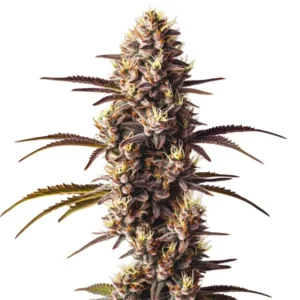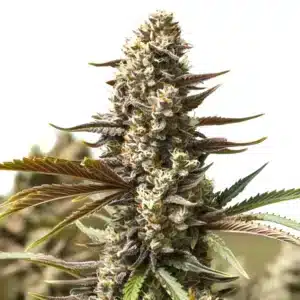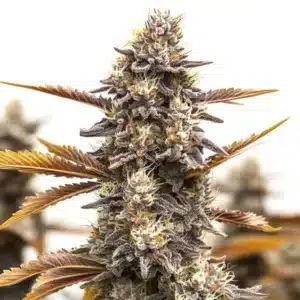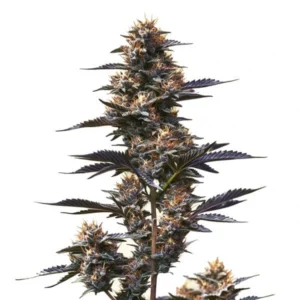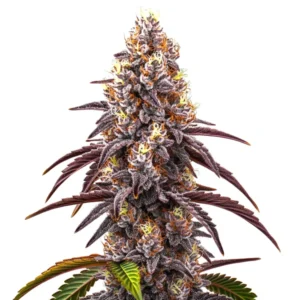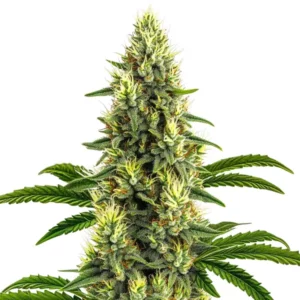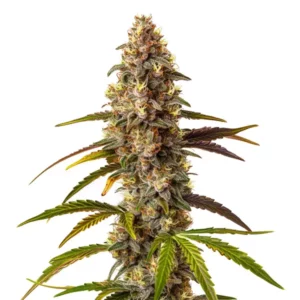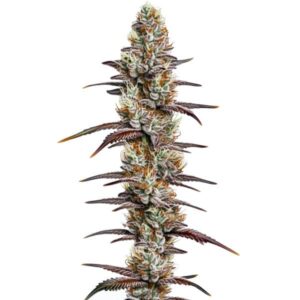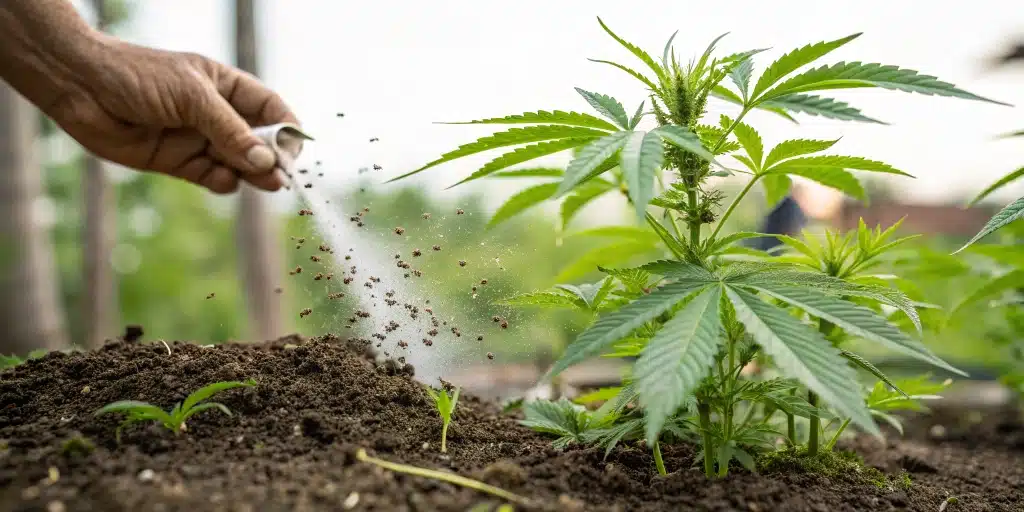
How to Get Rid of Fungus Gnats Outdoors
Recognizing Fungus Gnats Outdoors
Identifying Fungus Gnats and Their Signs
Fungus gnats are tiny, dark insects that fly in erratic patterns and tend to hover near the soil surface of your outdoor cannabis garden. They leave behind small black specks and can cause damage by feeding on plant roots, which weakens your plants over time. Look for small clusters of these insects around the base of your plants. Noticing these signs early is important so you can take action before the infestation worsens and affects your overall crop health. Using the key techniques of how to get rid of fungus gnats outdoors can help you spot these pests promptly.
Regularly inspect the base of your plants and the surrounding soil for any signs of movement. Fungus gnats often leave behind a faint musty odor and tiny droppings that resemble black pepper. These details are clear signals that pests have begun to settle. Observing the insects up close with a magnifying tool may reveal their small size and delicate wings. Early detection through careful observation sets the stage for effective management and helps maintain a healthy garden environment.
Recommended Strains
London Pound Cake
|
|
THC | 20% - 25% (Medium) |
|
|
Type | Feminized |
|
|
Yield | Medium |
|
|
Phenotype | 70% Indica / 30% Sativa |
Gelato x London Pound Cake
|
|
THC | 18% - 20% (Medium) |
|
|
Type | Feminized |
|
|
Yield | High |
|
|
Phenotype | 60% Indica / 40% Sativa |
Observing Their Behavior in the Garden
Watching the behavior of fungus gnats in your garden can provide useful clues about their population size and activity. These pests often fly around the lower parts of the plants, especially during the early morning and late afternoon when the air is cooler. They tend to cluster in damp areas where the soil retains moisture, making these spots vulnerable. By keeping an eye on their movements, you can determine if the infestation is isolated or widespread, which is a critical step in deciding how to get rid of fungus gnats outdoors.
Their erratic flight patterns and tendency to settle on moist soil can help you pinpoint problem areas in your garden. If you notice clusters of gnats gathering near watering zones or under mulch, it indicates that conditions are ideal for their growth. This behavior offers a clear visual cue that adjustments in watering practices and soil care are necessary. Recognizing these patterns quickly allows you to implement targeted solutions, ensuring that your outdoor cannabis garden remains pest-free and vigorous.
Promos & Deals
Assessing the Infestation Level
Monitoring Plant Symptoms and Soil Conditions
Assessing how severe your fungus gnat problem is involves closely monitoring both plant symptoms and soil conditions. Look for yellowing leaves, stunted growth, or wilting, as these can be signs that the gnats are damaging the roots. Wet, compacted soil often attracts more pests, and overwatering can create ideal conditions for their larvae. Check the soil frequently for excessive moisture or organic buildup, as these factors play a significant role in the infestation. Effective outdoor cannabis pest control often begins with knowing exactly how bad the problem is.
Taking regular notes on plant health and soil moisture levels helps you understand the extent of the infestation. Documenting changes over time enables you to detect subtle shifts that may indicate an increase in gnat activity. Use simple tools like a moisture meter and a notebook to track your observations. By combining visual checks with basic measurements, you create a reliable system for assessing the severity of the problem. This method ensures you have a clear plan for how to get rid of fungus gnats outdoors before the situation escalates further.
Tracking Gnat Activity Patterns
Keeping track of when and where fungus gnats are most active in your garden can reveal important patterns that help manage the infestation. Fungus gnats tend to be more active during damp weather or after rainfall when the soil remains moist. Observing these patterns over several days can show you if the infestation is spreading or if it is concentrated in certain areas. Tracking activity helps you target the worst-affected areas and adjust your watering schedule or soil management practices accordingly. This attention to detail is key when planning how to get rid of fungus gnats outdoors effectively.
Maintaining a simple log of gnat activity can help you notice trends, such as higher activity in shaded areas or near specific groups of plants. Record the time of day and weather conditions during your observations. These details can indicate whether changes in your garden environment might reduce gnat populations naturally. With clear patterns identified, you can implement focused measures to disrupt the pests’ lifecycle, making your outdoor cannabis garden less inviting for fungus gnats and improving overall plant health.
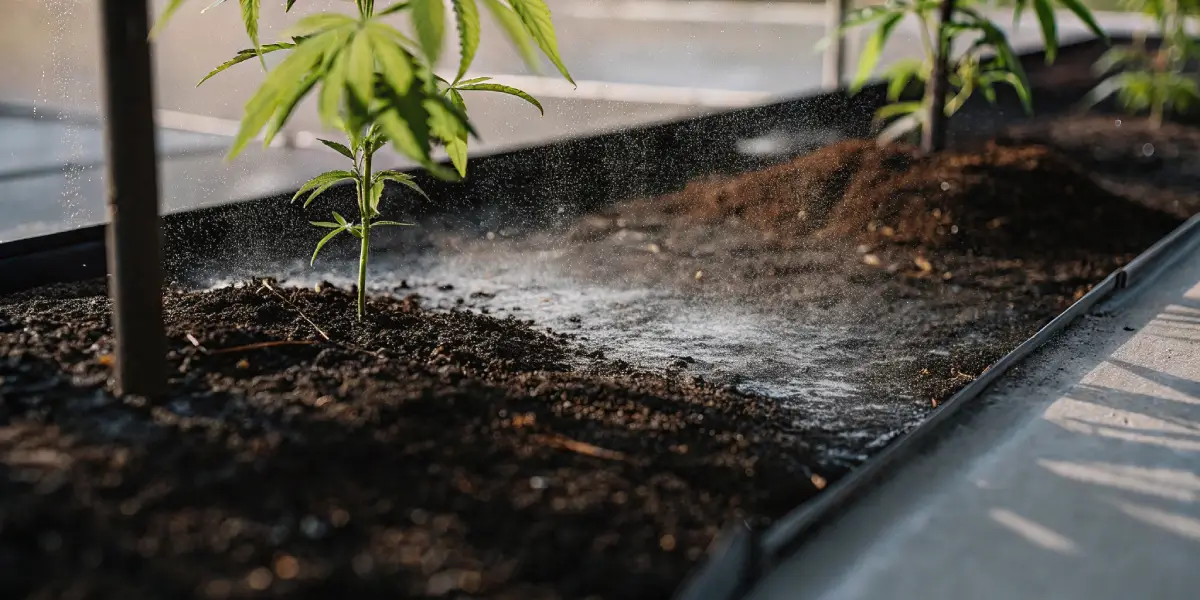
Natural Prevention Techniques
Using Organic Repellents and Soil Treatments
Organic repellents and soil treatments offer a safe and natural way to combat fungus gnats without harming your cannabis plants. Products such as neem oil, garlic sprays, or a diluted solution of hydrogen peroxide can be applied directly to the soil to deter these pests. These treatments work by making the soil environment less attractive for gnat larvae while also providing some protection for the roots. Regular application of these natural remedies is an effective method for how to get rid of fungus gnats outdoors, ensuring your plants remain healthy and robust throughout the growing season.
Integrating organic soil treatments into your routine can significantly reduce gnat populations. When applied consistently, these solutions help maintain a balanced ecosystem in your garden by reducing moisture and discouraging pest breeding. The key is to apply these treatments early and regularly, especially during periods of high humidity or after heavy rains. Organic repellents offer a sustainable solution that keeps both your plants and the environment safe. By using these natural methods, you can successfully manage pest issues while promoting a healthy outdoor cannabis garden.
Improving Drainage and Airflow in the Garden
Improving drainage and airflow around your cannabis plants is a vital step in preventing fungus gnats from taking hold. Poor drainage leads to overly moist soil, creating a perfect breeding ground for gnat larvae. By ensuring that your garden has proper drainage systems and that your plants are spaced adequately, you reduce the amount of standing water and excess humidity. Enhanced airflow helps the soil dry out faster, making it less attractive to pests. This simple yet effective measure is an essential part of how to get rid of fungus gnats outdoors and keeping your garden thriving.
Focus on practical modifications such as adding organic matter to improve soil texture and using raised beds or well-draining pots for better water management. Adjusting plant spacing to allow for ample airflow is another key factor. These improvements not only deter pests but also promote healthier root development and overall plant vigor. Regular maintenance and observation ensure that your drainage and airflow systems function as intended. Implementing these changes creates a less hospitable environment for fungus gnats and contributes to a resilient outdoor cannabis garden.
Practical Steps to Get Rid of Fungus Gnats Outdoors
Introducing Beneficial Predators and Nematodes
One effective method for how to get rid of fungus gnats outdoors is by introducing beneficial predators such as predatory mites and nematodes. These natural enemies feed on gnat larvae, reducing their population without the need for chemical interventions. Beneficial nematodes, for example, can be mixed with water and applied to the soil, where they actively hunt and destroy the larvae. This biological control method helps maintain a natural balance in your garden, ensuring that fungus gnat populations remain at manageable levels while keeping your cannabis plants safe and healthy.
Using beneficial predators is a sustainable approach that leverages nature’s own mechanisms for pest control. These organisms work quietly and efficiently, targeting only the harmful pests without disturbing the overall ecosystem. Regular applications during peak gnat activity periods can significantly lower the chances of severe infestations. By complementing these biological methods with proper garden hygiene, you create a robust system for how to get rid of fungus gnats outdoors. This approach is both environmentally friendly and effective in maintaining a healthy outdoor cannabis garden.
Applying Safe Insecticidal Solutions
In addition to biological controls, applying safe insecticidal solutions can be an effective way to manage fungus gnat populations in your garden. Products specifically formulated for organic use, such as insecticidal soap or pyrethrin-based sprays, target the gnats without harming beneficial insects or your cannabis plants. It is important to follow the recommended dosage and application schedule to avoid any adverse effects on the soil and plant health. This measured use of insecticides complements other strategies, offering a balanced approach to how to get rid of fungus gnats outdoors while ensuring a safe growing environment.
When using insecticidal solutions, always test on a small section of your garden first to ensure there is no damage to the plants. Monitor the treated areas closely and reapply only as needed based on observed gnat activity. This careful application helps maintain the effectiveness of the treatment while minimizing any negative impacts. Combining these chemical controls with natural methods provides a comprehensive strategy for keeping your outdoor cannabis garden free of fungus gnats. This integrated approach ensures that you manage pests safely and efficiently.
Long-Term Strategies for Outdoor Pest Control
Regular Monitoring and Garden Maintenance
Consistent monitoring and routine maintenance are the foundation of long-term pest control in your outdoor cannabis garden. Establishing a regular schedule for checking your plants, soil, and overall garden environment helps catch early signs of fungus gnat activity. Simple practices such as removing dead plant material, trimming overgrown foliage, and keeping the garden area clean contribute to a healthier ecosystem. Regular monitoring not only helps in early detection but also in maintaining conditions that are less favorable for pest breeding. This steady attention is a key part of how to get rid of fungus gnats outdoors on a long-term basis.
Implementing a maintenance routine can include weekly inspections and simple record-keeping of pest activity. This proactive strategy allows you to notice even small changes that may signal the beginning of an infestation. By staying vigilant and addressing issues promptly, you create a resilient garden environment where pests find it difficult to thrive. Routine garden maintenance supports sustainable practices and long-term success in managing fungus gnats. A well-kept garden naturally deters pests and keeps your cannabis plants robust and productive throughout the growing season.
Adjusting Growing Conditions for Pest Resistance
Modifying your garden’s growing conditions is an effective long-term strategy to reduce the likelihood of fungus gnat infestations. Adjusting factors such as watering practices, soil composition, and plant spacing can create an environment that is less inviting to pests. For example, allowing the soil to dry out between watering sessions prevents the moist conditions that fungus gnats favor. Using organic amendments to improve soil structure also promotes better drainage and healthier roots. These changes not only support overall plant health but also contribute significantly to how to get rid of fungus gnats outdoors by limiting their breeding opportunities.
Fine-tuning environmental factors over time creates a more pest-resistant garden. Consistent evaluation and adjustment of your watering schedule, along with regular soil aeration, help maintain optimal conditions for your cannabis plants. By investing time in these preventive measures, you reduce the need for reactive pest control methods later on. This proactive approach ensures that your outdoor garden remains vibrant and productive, even in the face of potential pest challenges. Balancing growing conditions with targeted interventions offers a sustainable solution for long-term outdoor pest management.
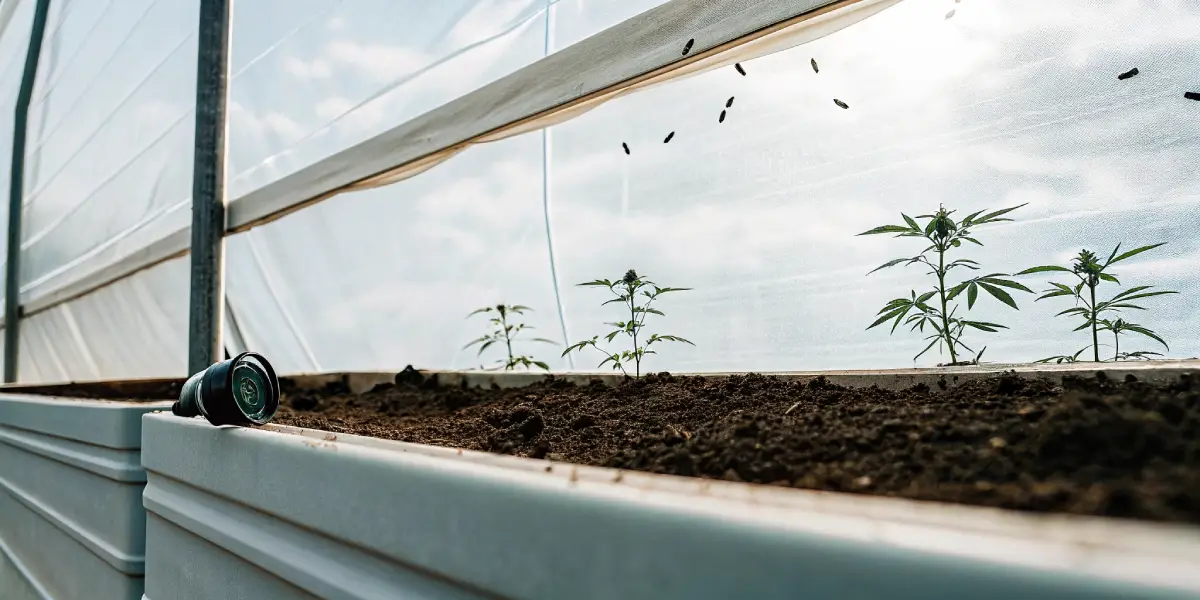
FAQs about how to get rid of fungus gnats outdoors
What are the most effective natural methods for how to get rid of fungus gnats outdoors?
Using organic repellents like neem oil and insecticidal soap, combined with improved drainage and beneficial nematodes, offers effective ways to manage fungus gnats. These natural methods target pest larvae in the soil while protecting your cannabis plants. Regular monitoring and timely applications help maintain a pest-free garden. Consistent use of these techniques ensures that fungus gnats are kept at bay, supporting a healthy outdoor environment and minimizing damage.
How can I tell if my outdoor cannabis garden is affected by fungus gnats?
Observing signs such as tiny flying insects, yellowed or wilting leaves, and damaged root systems indicates fungus gnat infestation. Soil that remains moist for too long and small clusters of larvae also point to pest activity. Regular checks with a magnifying tool help confirm the presence of these pests. Early detection is key to how to get rid of fungus gnats outdoors. Timely identification of symptoms enables you to apply the appropriate natural treatments and safeguard your plants from extensive damage.
What long-term strategies work best for preventing fungus gnats in an outdoor cannabis garden?
Maintaining proper garden hygiene, adjusting watering practices to reduce excess moisture, and regularly inspecting plants are effective long-term strategies. Integrating organic soil treatments and beneficial predators further enhances natural resistance. Regular maintenance and environmental adjustments create a balanced ecosystem that deters fungus gnats. By continually monitoring your garden and fine-tuning conditions, you ensure that fungus gnat populations remain low, thereby supporting healthy plant growth and minimizing future infestations in your outdoor cannabis garden.


